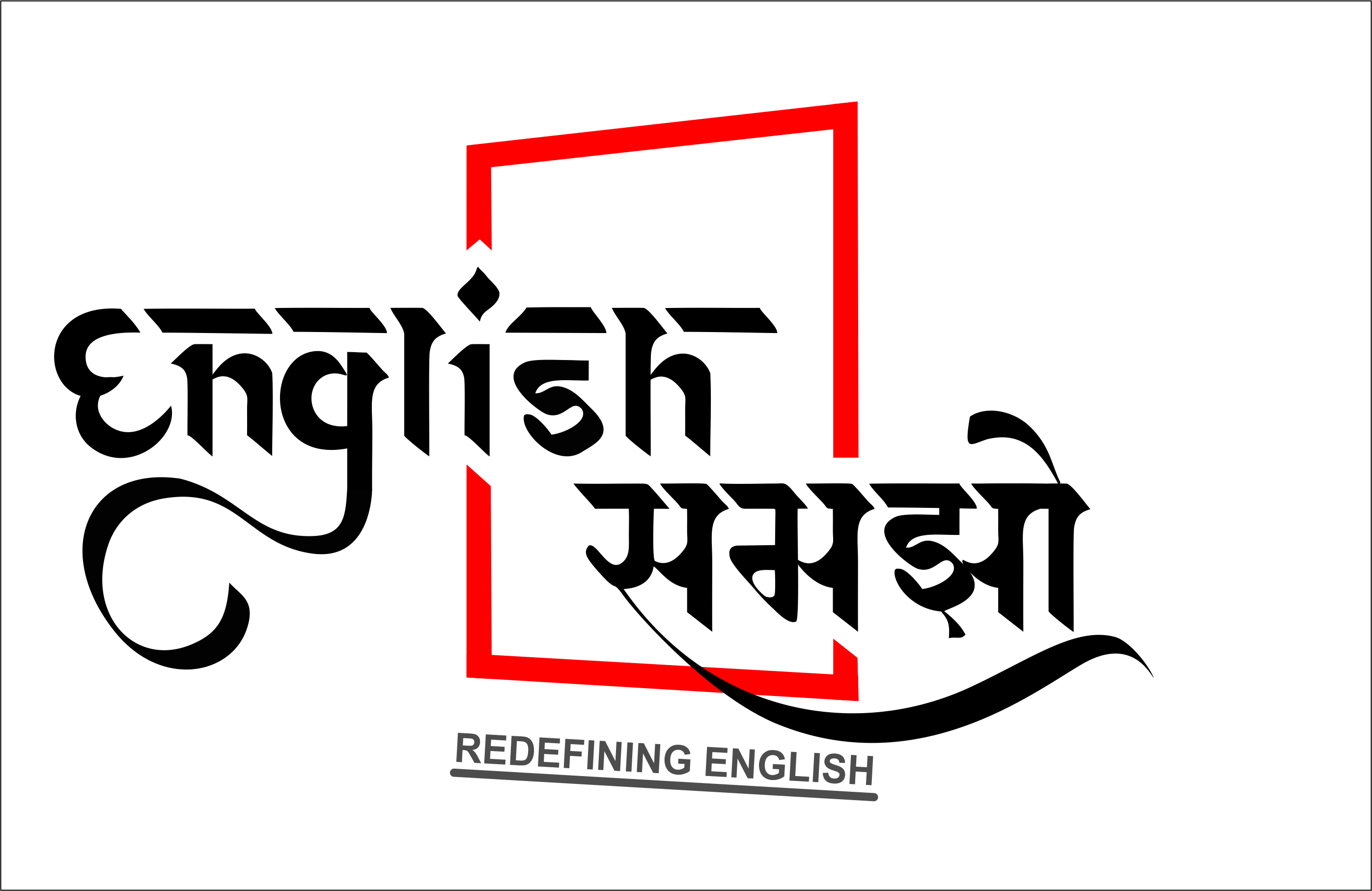Welcome to Komal English
Empowering Your Future with Quality Education

A passion for creating spaces
Welcome to Komal English, a proud child brand of Flying Colors 4 You. Since 2005, we have been dedicated to providing top-notch educational services to help our students achieve their academic and career goals. Our primary focus is on English language courses and comprehensive study abroad consultancy services.
English Courses
At Komal English, we offer a variety of English language courses tailored to meet the diverse needs of our students. Whether you are a beginner looking to learn the basics or an advanced learner aiming to perfect your language skills, we have the right course for you. Our courses are designed to improve your reading, writing, speaking, and listening skills through interactive and engaging methods.
Online IELTS Classes
Preparing for the IELTS exam can be a daunting task, but with our expert guidance, you can achieve your desired band score. We provide online IELTS classes through our platform, English Samjho. Our experienced instructors will help you master the test format and develop strategies to tackle each section of the exam effectively.
Study Abroad Consultancy
Dreaming of studying abroad? Our study abroad consultancy services are here to turn your dreams into reality. We offer personalized guidance on university selection, application processes, visa requirements, and more. Our team of experienced consultants will support you every step of the way to ensure a smooth and successful journey to your desired destination.
About Us
Our Journey
Komal English, under the umbrella of Flying Colors 4 You, has been at the forefront of the education industry for nearly two decades. Our mission is to empower students with the skills and knowledge they need to succeed in a globalized world. We take pride in our commitment to excellence and our passion for education

Why Choose Us?
- Experienced Instructors: Our team consists of highly qualified and experienced educators who are dedicated to your success.
- Comprehensive Support: From language courses to study abroad consulting, we provide end-to-end support to our students.
- Proven Track Record: Over the years, we have helped countless students achieve their academic and career aspirations.
Welcome to English Samjho (Powered by Flying Colors 4 You)
Pioneering Online English Teaching
With an illustrious legacy, we bring a wealth of experience in facilitating foreign education opportunities. Our extensive network of collaborations with esteemed institutions globally ensures a transformative educational journey for students.
From guiding students through foreign education aspirations to offering cutting-edge online English teaching, we are your comprehensive solution. Our diverse services cater equally to those seeking global education opportunities and those embarking on a language learning journey.
We also wish to present the primitive techniques to learn English in the most innovative ways. English Samjho is world’s most unique online English learning platform loved by over Millions of users and top enterprises.
Our comprehensive suite of professional services caters to a diverse clientele, ranging from homeowners to commercial developers. With a commitment to innovation and sustainability, Études is the bridge that transforms architectural dreams into remarkable built realities.
With an illustrious legacy, we bring a wealth of experience in facilitating foreign education opportunities. Our extensive network of collaborations with esteemed institutions globally ensures a transformative educational journey for students.
Education Consultant
Welcome to Flying Colors 4 You, where your global educational aspirations take flight.
Established in July 2005, we have been at the forefront of bridging the gap between students and international education opportunities. Our expertise lies in Foreign Education, fostering collaborations with Indian Universities, and providing comprehensive Training and Placement services.
With over a decade and a half of experience, we specialize in Medical College Admissions, guiding aspiring medical professionals to prestigious institutions. Our collaboration extends to numerous schools, colleges, and universities both locally and globally, ensuring a wide array of options for our students.
“At Flying Colors 4 You, our mission is to empower students with the tools and knowledge they need to succeed globally. With Komal English, we are committed to providing exceptional education and guidance to help every student achieve their dreams.”
Amit Rao Borade
Founder, Flying Colors 4 You
The revitalized art gallery is set to redefine cultural landscape.
With meticulous attention to detail and a commitment to excellence, we create spaces that inspire, elevate, and enrich the lives of those who inhabit them.
The revitalized Art Gallery is set to redefine the cultural landscape of Toronto, serving as a nexus of artistic expression, community engagement, and architectural marvel. The expansion and renovation project pay homage to the Art Gallery’s rich history while embracing the future, ensuring that the gallery remains a beacon of inspiration.
The revitalized Art Gallery is set to redefine the cultural landscape of Toronto, serving as a nexus of artistic expression, community engagement, and architectural marvel. The expansion and renovation project pay homage to the Art Gallery’s rich history while embracing the future, ensuring that the gallery remains a beacon of inspiration.
Join Us Today!
Take the first step towards a brighter future with Komal English. Whether you want to improve your English skills or plan your studies abroad, we are here to help you achieve your goals. Visit English Samjho to learn more about our courses and get started today.
